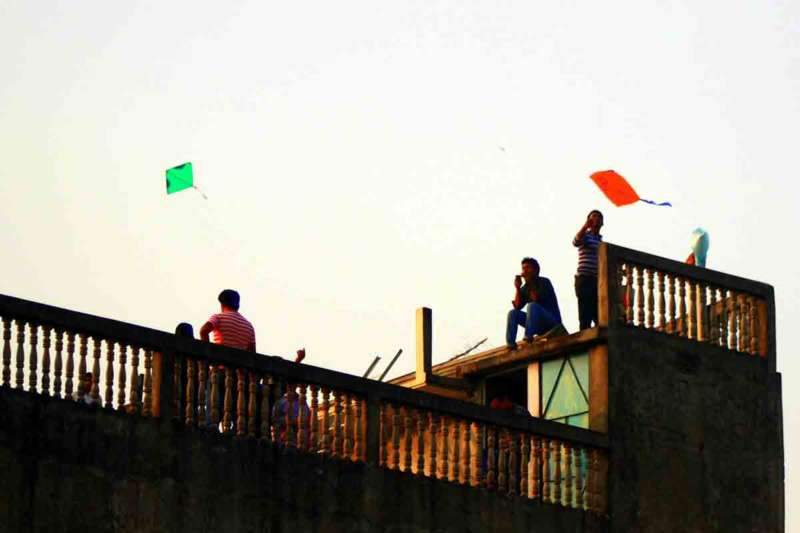

Image Credits: Md Altaf Rahman
Ushering the festivities with pomp and show across the country, Sankranti is the festival that marks the celebration of the harvest season. Sankranti also represents the movement of the Sun from one constellation to another. From Makar Sankranti, the Sun starts moving towards the northern hemisphere, marking the end of the winter season and days getting longer. Hence, Sankranti is also known as Uttarayan, the beginning of an auspicious period. People around the country celebrate the festival in myriad ways. Some fly kites and make special sweets, while others visit the temple and spend time with relatives and family. As we are all set to draw in the holiday spirit, here are a few interesting facts about Sankranti.
In this day and age for the present generation, who are clueless about the intricacies and cycles of farming, Sankranti is just another festival. Just as present-day Americans are clueless about the hardships the pioneers faced which culminated in their biggest festival, Thanksgiving. While Thanksgiving has become a “cool” festival, thanks to Hollywood movies and sitcoms, Makar Sankranti is still to make it in pop culture.
Though ironically, there is hardly much difference between the two festivals with both being celebration of the harvest, a day to spend with family and friends, with the highlight being – the family meal. This is a festival that is celebrated in almost all states of India as well as in Nepal, Thailand, Laos, Myanmar, Cambodia, albeit, with a few variations.
An interesting fact about Sankranti is that archaeological findings in Latin America prove that the Mayans celebrated something similar to Sankranti, as some kind of spring festival; implying that this harvest festival has been celebrated in different cultures in some aspect or the other since the last 6000 years or so!
A significant aspect of Sankranti for Maharashtrians is the exchange of sweets, particularly the sesame-jaggery sweet (til-gul), with the greeting, ‘til-gul kha, god god bola’ (eat til-gul and speak sweetly). As per the legend, the Sun never got along with his son, Shani.
However, on the day of Makar Sankranti, the Sun visits Shani and finally forgives him. Thus, Makar Sankranti is marked as a day of forgiveness, forgetting past quarrels and exchanging pleasantries. The til-gul is also a health initiative; as the celebration falls in winter, eating sesame and jaggery provides wholesome benefits to the body. They are said to provide warmth from within.
Makar Sankranti is usually associated with kite-flying, especially in Western India. And that is not because of any religious aspect of the festivities, rather the reasons are medical!
Kite-flying is generally done in the early hours of the morning or in the evenings, when the sun’s rays are bright but not too harsh. Also, during kite-flying, the human body is exposed to the sun for long hours. The early morning sun is the best antidote to the chilly winter days. Since winter is also the time of a lot of infections and sickness, by basking in the sun, the belief is that the bad bacteria get cleared to a certain extent. And kite-flying makes the sun basking a little more interesting and fun. So, get your dose of vitamin D while making merry flying kites.
This post was last modified on 12/01/2021 7:53 pm
Entertainment comes in many forms. It might be in the form of a thrilling video…
Whether you're an early bird or an early grump, it goes without saying that the…
As of today, IndiGo has opened bookings for a brand-new daily flight service connecting Visakhapatnam…
Visakhapatnam is preparing for one of its most spiritually charged and widely attended events, the…
Andhra University (AU) Vice-Chancellor G P Raja Sekhar has issued orders to relieve aided college…
In light of President Droupadi Murmu's scheduled visit to Vizag on 10 June 2025 to…
Leave a Comment